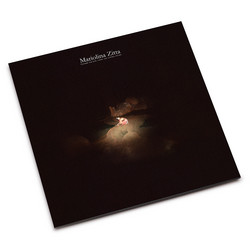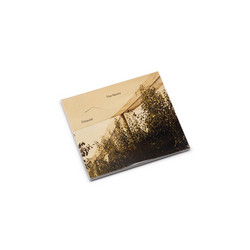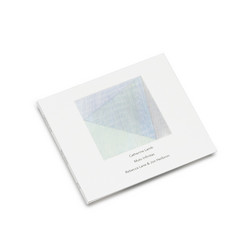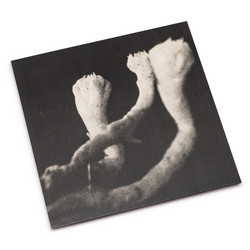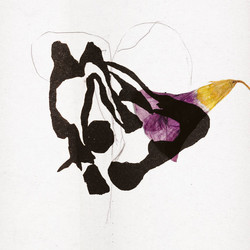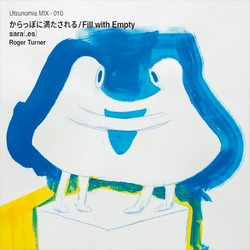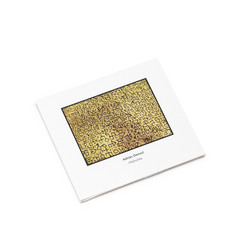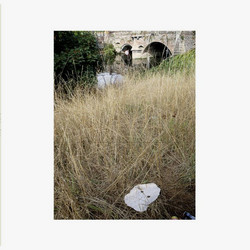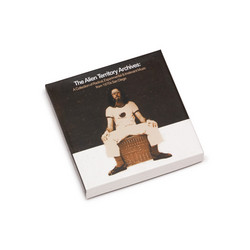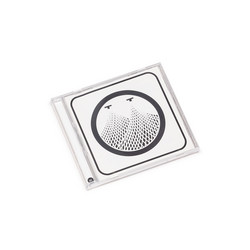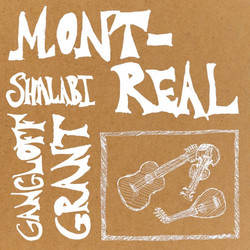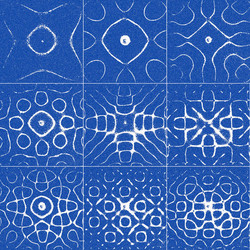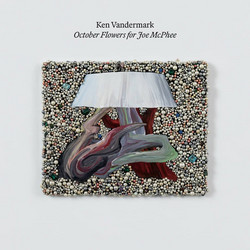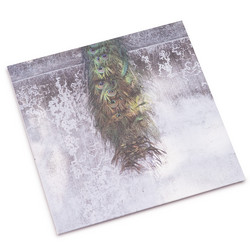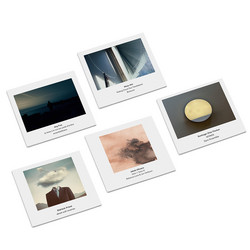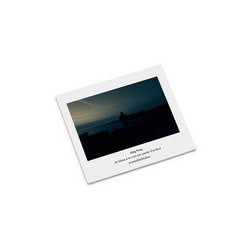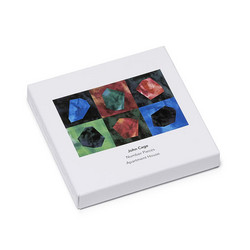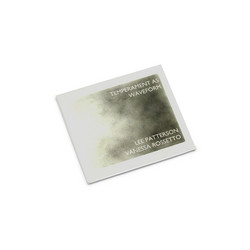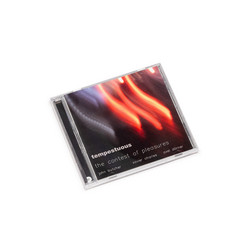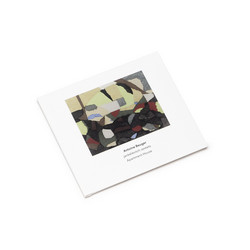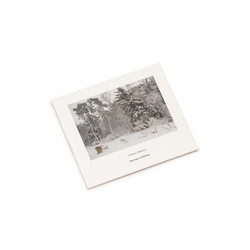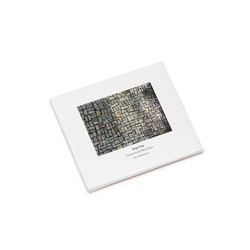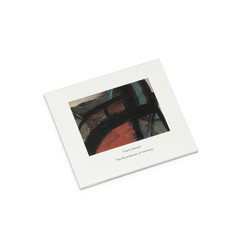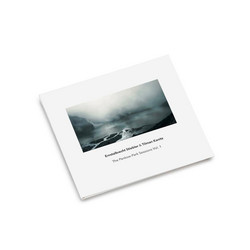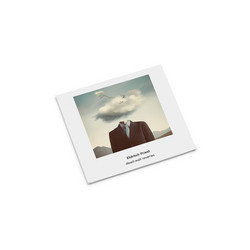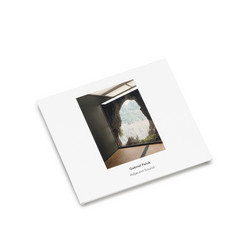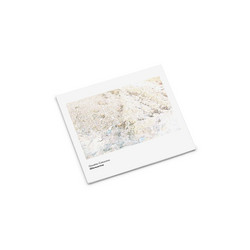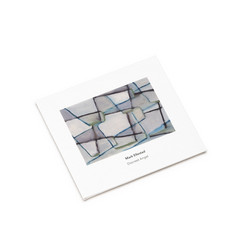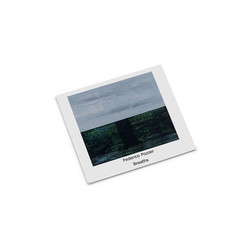The Way to Go Out offers an absorbing journey through three interconnected pieces by Newton Armstrong, exploring themes of repetition, layering, and shifting musical focus inspired by visual art and landscapes. Performed by the Plus Minus Ensemble alongside Séverine Ballon, the album balances textural nuance and structural rigor, weaving together acoustic and electronic sounds with a fluid, measured pace that invites deep listening. Armstrong's fascination with the "in-between" moments - where lines coalesce into shimmering surfaces - is vividly realized throughout the album, drawing the listener’s attention to the fine gradations between sound and silence, presence and absence.
The opening track, “Thread-surface,” sets a tone of luminous stillness with its gradual unfolding of repeating motifs, while “A line alongside itself” emphasizes a canon-like structure fashioned from self-similar but never identical lines, reflecting Armstrong's interest in the relationship of repetition and transformation. The title piece offers moments of poignant openness and was premiered close to the Brexit vote, lending it an unintentional, resonant political subtext that enhances its emotional scope without dictating meaning.
Armstrong’s background spans computer programming and experimental music, inflecting his compositions with a precise awareness of algorithmic generation and live performance. All three works on the album incorporate deformed, non-strict canons created using algorithms designed by the composer himself, a method that reinforces the intimate relationship between human interpretation and mechanized processes.
This recording situates itself in a delicate territory between minimalism, contemplation, and a subtle electronic environment. The Way to Go Out stands not only as a testament to Armstrong’s meticulous compositional craft but also as an invitation to experience sound slowly and attentively, revealing unexpected depths upon repeated hearings. The album notably enriches the Another Timbre catalogue with its blend of acoustic warmth, electronic subtlety, and conceptual rigor, offering a compelling reflection on listening, memory, and musical time.
